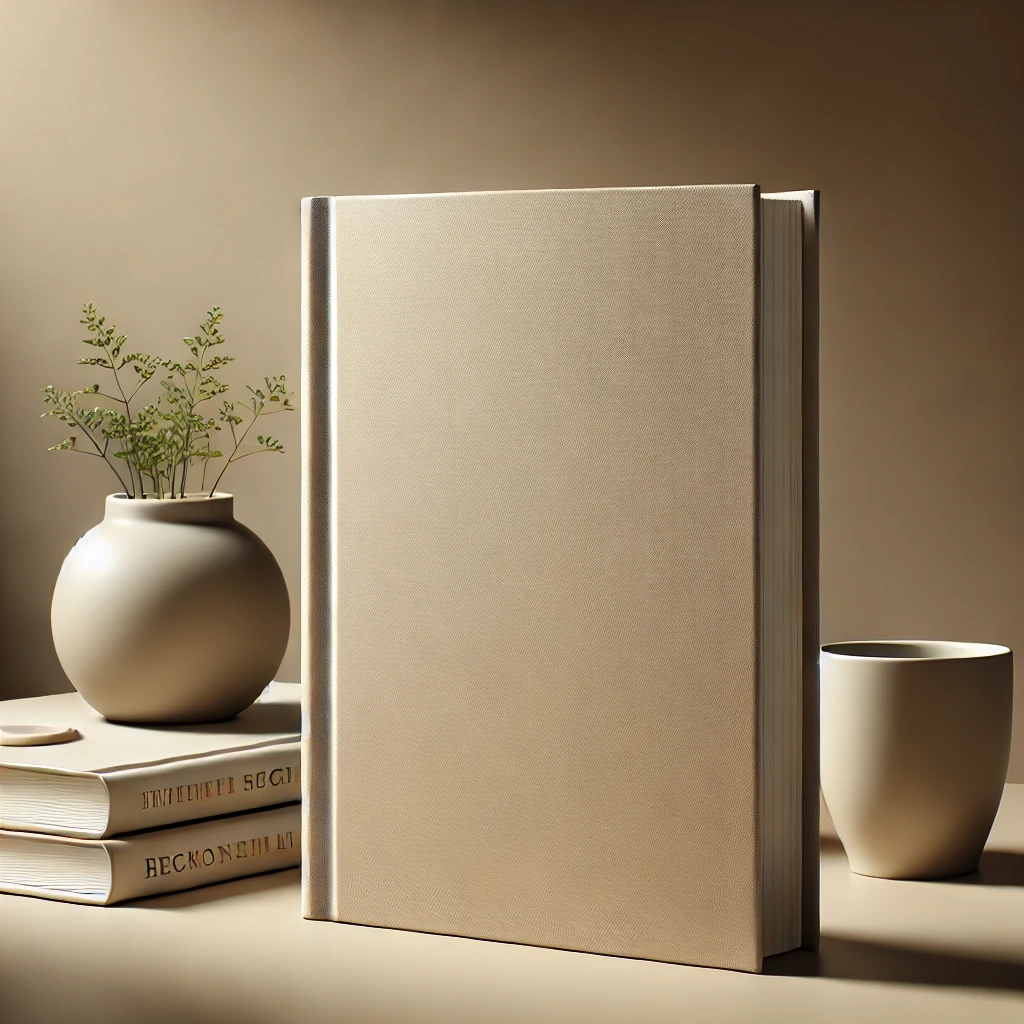
3-4 Yaş Zenginleştirilmiş Boyama - Taşıtlar (Kapak Değişebilir) e-kitap
3-4 Yaş Zenginleştirilmiş Boyama - Taşıtlar (Kapak Değişebilir) PDF ve diğer formatlarda e-Kitap
Kiymetli anne ve babalar, degerli ögretmenler, Zenginlestirilmis Boyama ile çocuklar, hem ögrenecekler hem de eglenecekler. Özellikle yönergelerin, çocuklarin hayal dünyasini zenginlestirecegine inaniyoruz. Boyama sayfalarini basarili bir sekilde tamamlamak, yavrularimiza bir isi tam olarak bitirme duygusunu verecek, onlarda öz güven gelisimine vesile olacaktir. Zenginlestirilmis Boyama kitabindaki resimler, orijinal olarak bu eser için tasarlanmis ve çizilmis özgün çalismalardir. Boyama sayfalari, kolaydan zora dogru bir sira ile düzenlendi.

Kitap eleştirileri
3-4 Yaş Zenginleştirilmiş Boyama - Taşıtlar (Kapak Değişebilir)
orioto
Yurkivshchyna, Chernihivs'ka oblast, Ukrayna
This is your brain (an egg). This is your brain on Murakami (an egg sprouting arms and legs and attempting to hump other eggs while doing the Electric Slide and attempting to save the world to a killer soundtrack). If you like Murakami, you'll like it, although it doesn't blend the two twisted sides of Murakami's writing as well as a book like "Norwegian Wood" or "Kafka on the Shore." In each of those novels, the reader gets transitions within chapters, and his talents for myth-telling in both the mystical and mundane worlds is woven together like two different colored pieces of yarn, fraying and blending at the end. A depressed hippy juggles his daily life - student and record-store shop employee who occasionally trolls for women with his amoral college roommate - with his intensely personal life - a boy growing into a man, learning about love, heartbreak and death. A talking cat accompanies a small boy on his adventures, the boy eating a lot of diner food and not really doing much but hanging out at the library. These are the things you get with Murakami, but they usually coexist fairly nicely, driving toward a space where fantasy and reality decide to have a nice conversation. "Hard Boiled Wonderland And The End Of The World" is aptly titled, because it really is two separate stories - the "And" is paramount - they are woven together, but more like two noodles can be woven together, but never quite mesh. Oddly, the formal structure of the book - one chapter in reality, one chapter in myth - lends itself to reading the two stories as each lending to the other, but one could almost (until the very end) read each one as independent of the other. Murakami's "reality" is far-flung and outlandish, but it obeys its own rules, and takes the reader for a nice tragic ride. The "myth" is much more prosaic and sedate, but is clearly too serene to be reality. Perhaps it is Murakami's commentary on life: truth is stranger than fiction, especially when the fiction is based on the truth is based on the fiction... The novel could be an ouroboros, but instead it is a little like the hospital symbol of a serpent wrapped about a knife. To understand this, read the book. I can't describe it any better than this. It gets a four, because it's frankly a little too self-reflexive for me - no main character should really ever say, "Stuff like this only happens in novels," as far as I'm concerned - but it is a stylistic precursor to Murakami's most famous and best work (that I've read), "Kafka on the Shore," so you get to see how Murakami's style evolves, a dualistic peek into the development of a dichotomous author.
2023-01-15 17:16